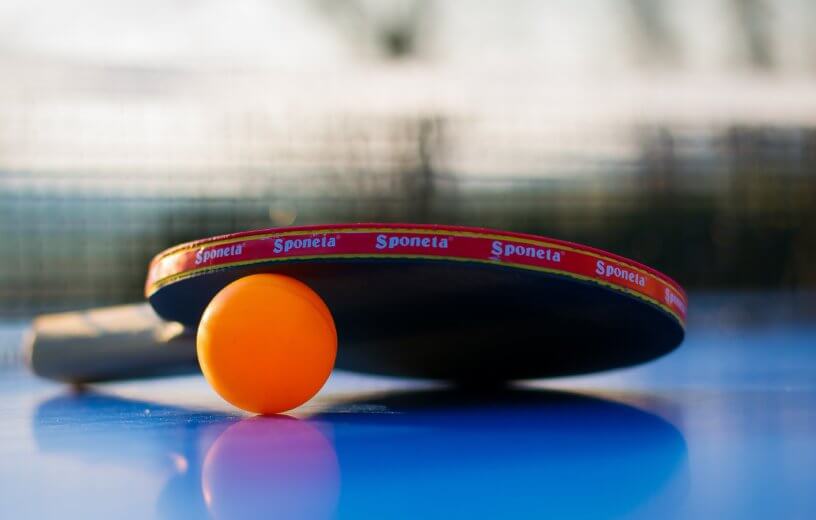FUKUOKA, Japan — Parkinson’s disease, a long-term degenerative disorder of the central nervous system, is probably most associated in many peoples’ minds with actor Michael J. Fox or legendary boxer Muhammad Ali. Those afflicted with the condition, however, know all too well how challenging a Parkinson’s diagnosis can make everyday life. Now, researchers in Japan have uncovered a refreshing new way that may significantly help Parkinson’s patients manage their symptoms: table tennis.
The notion may sound strange at first. After all, ping-pong can be hard for anyone, let alone an individual dealing with a disorder than affects their movements. Incredibly, study participants who took a ping-pong exercise course for six months saw their Parkinson’s symptoms improve!
The table tennis course met once a week for the six month period, and the study involved 12 Parkinson’s patients. The average age of participants was 73, and each had either mild to moderate Parkinson’s disease. On average, the subjects had been diagnosed with the disorder seven years prior to the study.
“Ping-pong, which is also called table tennis, is a form of aerobic exercise that has been shown in the general population to improve hand-eye coordination, sharpen reflexes, and stimulate the brain,” comments study author Dr. Ken-ichi Inoue, of Fukuoka University, in a release. “We wanted to examine if people with Parkinson’s disease would see similar benefits that may in turn reduce some of their symptoms.”
Before starting the table tennis regimen, each patient underwent a series of tests intended to gauge the severity of their Parkinson’s symptoms. Then, during each weekly five-hour ping-pong training session, they first performed a series of stretches before moving on to table tennis exercises taught via an experienced ping-pong player. The entire program was developed specifically for this study by the University of Fukuoka.
All the participants’ symptoms were reevaluated after three months of the program, and then again after it concluded. After both three and six months all the patients showed noticeable improvements in speech, handwriting, getting out of bed, walking, and putting on clothes. For example, before playing ping-pong, it usually took the patients two attempts to get out of bed in the morning. By the end of the study, they could get out of bed relatively easily on their first try.
Participants’ facial expressions, posture, rigidity, slowness of movement, and hand tremor symptoms all showed improvement as well.
It’s worth noting that two of the patients did experience a few negative side effects due to the table tennis; one developed back pain, while another fell while playing on one occasion.
“While this study is small, the results are encouraging because they show ping-pong, a relatively inexpensive form of therapy, may improve some symptoms of Parkinson’s disease,” Inoue concludes. “A much larger study is now being planned to confirm these findings.”
The next study will likely include a control group filled with Parkinson’s patients not playing ping-pong for comparison purposes.
The study is set to be presented at the American Academy of Neurology’s 72nd Annual Meeting in Toronto, Canada this spring.

I’d like to volunteer in the Boston area. Any recommendations as to where to apply?